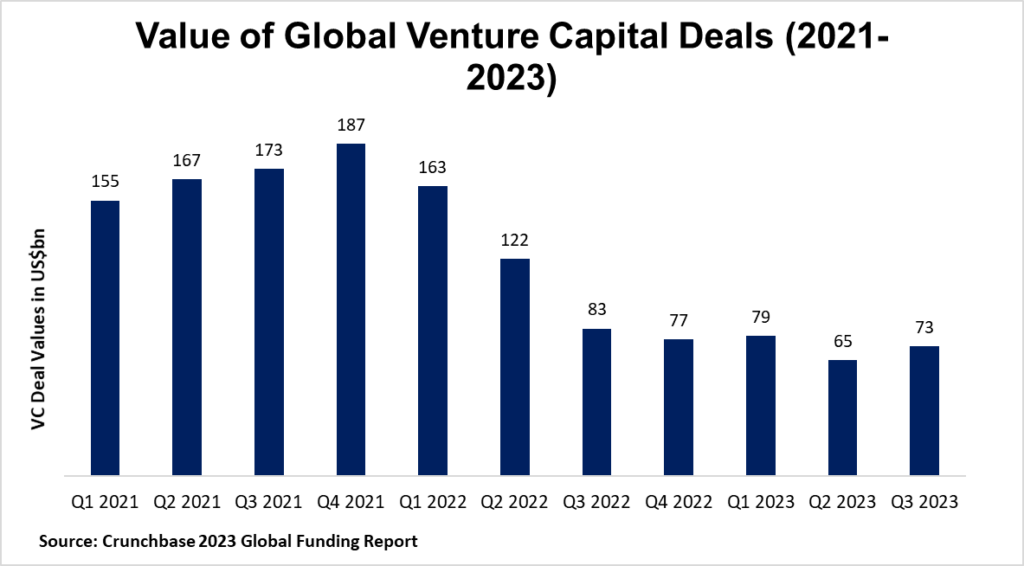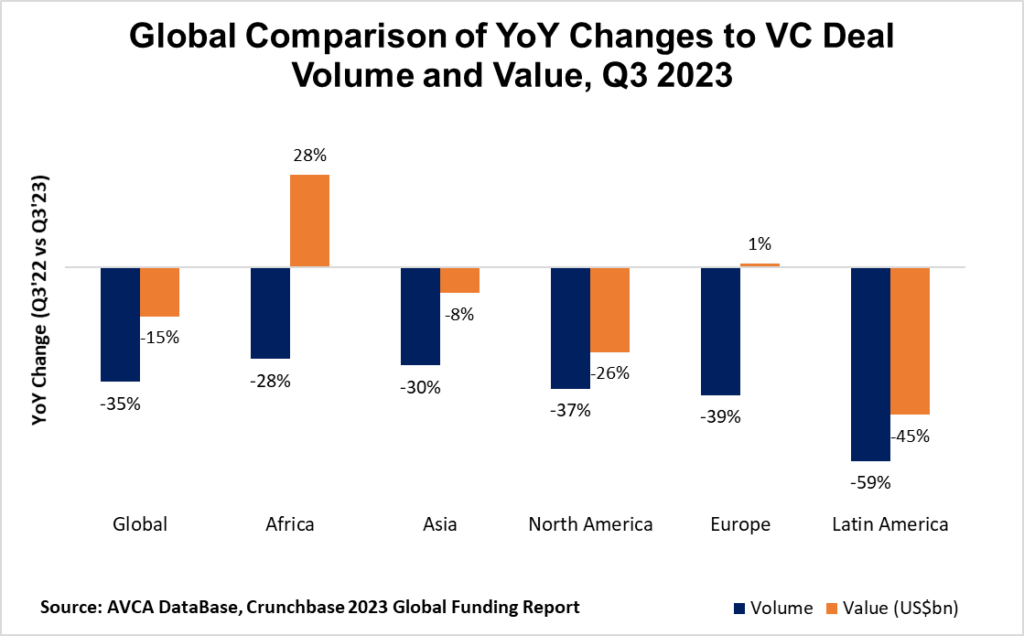Pour les gestionnaires de fonds de capital-investissement et les capital-risqueurs, disposer d’une stratégie de portefeuille bien conçue est essentiel pour attirer des partenaires limités et générer des rendements exceptionnels.
La construction de votre portefeuille est la feuille de route et la thèse d’investissement pour l’ensemble du cycle de vie de votre fonds. Elle décrit exactement comment vous prévoyez d’allouer le capital, de trouver des opportunités, de prendre des décisions d’investissement, de gérer vos entreprises en portefeuille et, finalement, de réussir les sorties.
Éléments Clés d’une Stratégie de Portefeuille Efficace
Bien que chaque firme de capital-risque ait son approche unique, certains éléments fondamentaux doivent être inclus dans tout plan de construction de portefeuille robuste :
Thèse d’Investissement et Domaines de Concentration
C’est la base de votre stratégie, définissant les secteurs, les étapes, les géographies, les modèles commerciaux ou d’autres critères autour desquels vous concentrerez vos investissements. Une thèse focalisée vous permet de développer une véritable expertise et une répétabilité.
Allocation d’Actifs et Diversification
Comment allez-vous construire un portefeuille équilibré à travers les profils de risque, les classes d’actifs, les périodes de détention et les cibles de propriété ? Comprendre vos paramètres de diversification dès le départ est crucial.
Stratégie de Réserve de Capital
Les meilleures firmes réservent plus de 60 % de leur fonds pour les tours de suivi dans leurs gagnants. Disposer de réserves suffisantes pour doubler/tripler sur vos succès est essentiel.
Niveaux de Propriété Cibles
Quels sont vos pourcentages de propriété idéaux pour les entreprises à différentes étapes ? Cela impacte votre potentiel de hausse ainsi que les droits de gouvernance.
Taille et Cadence des Investissements
Vous devrez modéliser vos tailles de chèque prévues pour les tours initiaux par rapport aux tours de suivi, le nombre d’entreprises dans lesquelles investir, et le rythme général de déploiement du capital chaque année.
Objectifs de Rendement et Mesures de Performance
Déterminez vos multiples de rendement cibles, IRR, horizons temporels et autres objectifs quantifiables pour aligner votre équipe et vos LPs. Les mesures financières et d’impact sont importantes.
Approche de Gestion de Portefeuille
Comment fournirez-vous des conseils stratégiques, une gouvernance et un soutien à vos entreprises en portefeuille ? Décrivez les ajouts de valeur et les ressources que vous pouvez offrir aux entrepreneurs.
Daba collabore avec des investisseurs institutionnels de premier plan et des gestionnaires de fonds pour élaborer des stratégies d’investissement très ciblées et identifier les startups les plus prometteuses à travers l’Afrique. Remplissez ce formulaire sur notre site web pour exprimer votre intérêt.
Étapes pour Développer Votre Stratégie
Bien que les tactiques spécifiques varient, la plupart des firmes de capital-risque à succès suivent un processus similaire pour développer leurs modèles de construction de portefeuille :
1. Définissez votre Thèse d’Investissement Différenciée
C’est le point de départ. Quelle est votre avantage et votre vision unique des opportunités ? Elle doit être ciblée tout en permettant une certaine diversification.
2. Évaluez les Tendances et Opportunités du Marché
Analysez divers secteurs, étapes, modèles commerciaux, etc., pour identifier les domaines les plus convaincants pour l’investissement aligné sur votre thèse.
3. Fixez des Objectifs Clairs et des Mesures de Succès
Établissez des cibles pour les niveaux de propriété, les tailles de chèque, la taille du fonds, les rendements, les mesures d’impact et autres KPI que vous allez mesurer.
4. Déterminez la Structure et les Politiques d’Investissement Optimales
La structure juridique du fonds, les processus de prise de décision, les évaluations, les réserves, etc., doivent codifier votre stratégie.
5. Construisez Votre Moteur de Recherche d’Opportunités
Développez un processus de gestion proactive des pipelines et utilisez des outils/relations pour découvrir des affaires exclusives.
La plateforme de Daba fournit les outils et l’expertise pour affiner votre stratégie d’investissement et optimiser votre portefeuille pour une performance supérieure. Êtes-vous un investisseur institutionnel axé sur l’Afrique cherchant à maximiser les rendements ? Inscrivez-vous ici pour nos solutions d’investissement.
Évaluez et Affinez Continuellement
Rappelez-vous que la construction de portefeuille n’est pas un exercice ponctuel. À mesure que les conditions du marché évoluent et que vous obtenez une meilleure visibilité sur vos investissements actuels, vous devrez réévaluer périodiquement si votre stratégie initiale s’aligne sur vos objectifs. Soyez prêt à ajuster votre approche au besoin pour maintenir la performance.
L’importance d’une stratégie de construction de portefeuille réfléchie et durable pour les fonds de capital-risque et de capital-investissement ne peut être surestimée.
En posant cette fondation dès le départ et en utilisant des plateformes innovantes comme Daba, vous améliorez considérablement vos chances de non seulement atteindre, mais de dépasser vos objectifs de rendement à long terme – montrant aux LPs que vous avez un modèle répétable pour générer de l’alpha et les convainquant d’investir avec vous.
Daba fournit un soutien et des analyses incomparables pour vous aider à naviguer dans les complexités de l’investissement en Afrique et sur les marchés émergents. Faites confiance à Daba pour être votre partenaire dans la construction d’un portefeuille robuste et performant. Cliquez ici pour commencer.





